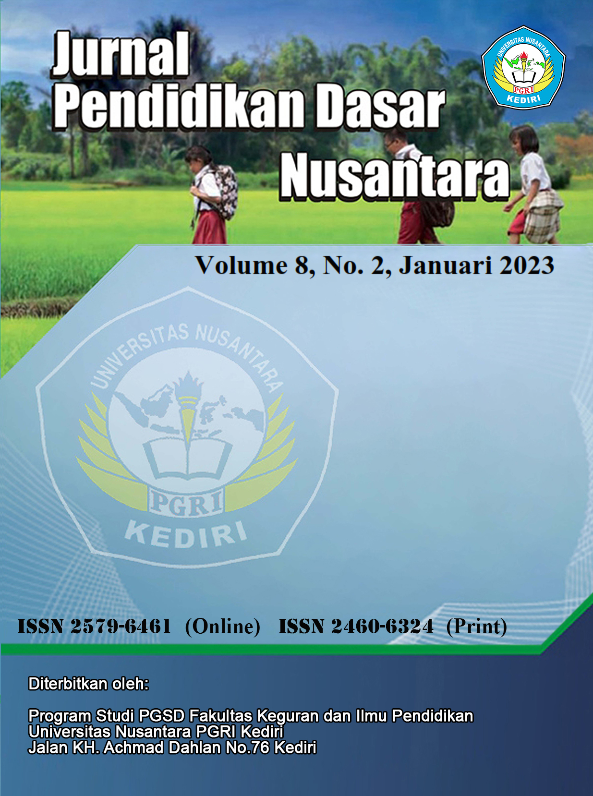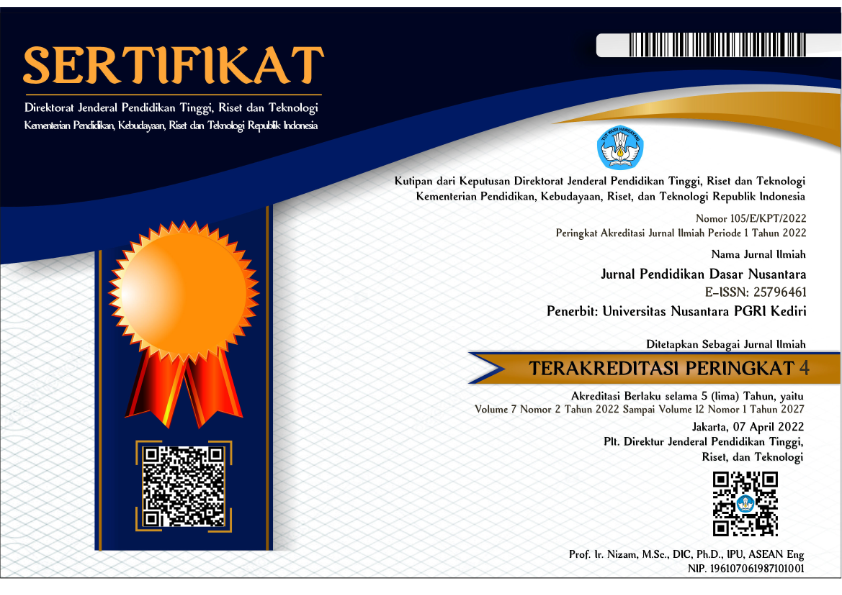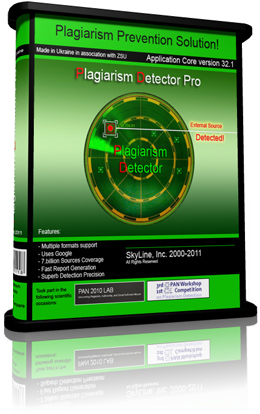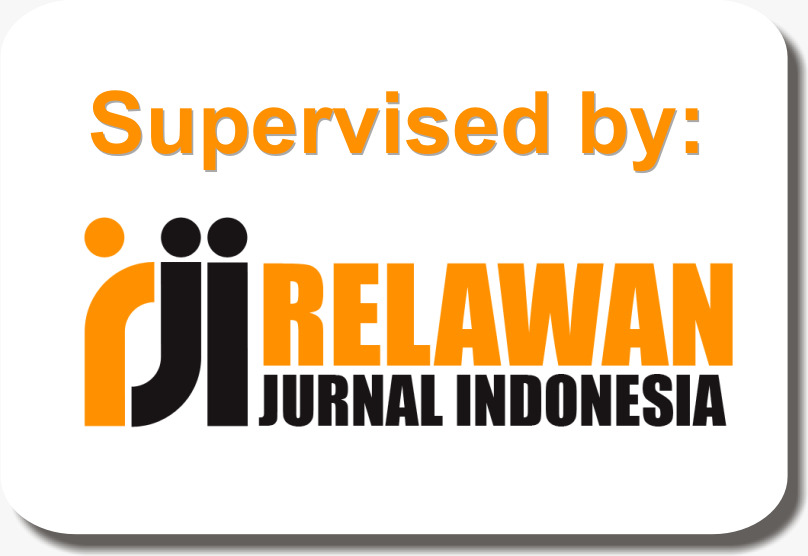The influence of digital storytelling on story writing skills of class II elementary school students
DOI:
https://doi.org/10.29407/jpdn.v8i2.18582Keywords:
Stories, Digital Storytelling, Writing SkillsAbstract
This study aims to determine the presence or absence of Digital Storytelling on the Story Writing Skills of Class II Elementary School Students. This study used a quantitative approach. This type of research is pre-experimental design with the one group pretest posttest design method. The sample is 25 students. The instrument is a test in the form of an essay question. The results obtained are sig. (2-tailed) (0.00) < 0.05 means that Ha is accepted and Ho is rejected. So it can be concluded that Digital Storytelling in writing stories for class II students can influence students' writing skills for the better. As for the value of how much influence is received, a value of 0.76 is obtained. This value is greater than criteria table, which is 0, 14 so it is stated that the use of Digital Storytelling has a great influence on the story writing skills of class II elementary school students. It is hoped that the results of this study can provide knowledge and insight about other learning innovations in the ability to write stories for future researchers.
Downloads
References
Agus, Mikha Widiyanto. (2013). Statistika Terapan. Konsep dan Aplikasi dalam Penelitian Bidang Pendidikan, Psikologi dan Ilmu Sosial Lainnya. Jakarta: PT Elex Media Komputindo.
Anjani, D. R. Pengembangan Media Digital Storytelling pada Materi Sistem Reproduksi Manusia bagi Remaja Tunagrahita. Bachelor's thesis, Jakarta: FITK UIN Syarif Hidayatullah. https://repository.uinjkt.ac.id/dspace/handle/123456789/61491
Azizah, M. A. (2014). Penerapan Strategi Digital Storytelling Pada Mata Pelajaran Bahasa Ingris Dengan Materi Pokok Menceritakan Kembali Teks Recount Untuk Meningkatkan Hasil Belajar Siswa Kelas VIII Di Mts Negeri Surabaya 2. Jurnal Mahasiswa Teknologi Pendidikan, 5(1), 0-12. https://ejournal.unesa.ac.id/index.php/jmtp/article/view/7476
Daryanto. (2016). Media Pembelajaran. Yogyakarta: Gava Media.
Jullie,P. (2011). SPPS Survival A Step by step guide to data analysis using Spss. Australia: Allen and UNWIN. 247
Listyowati, R., Hanna, I. D., & Rohaniyah, J. (2020). Pemanfaatan Digital Storytelling Sebagai Media Pembelajaran Bahasa Inggris Di SD. In Seminar Nasional Hasil Pengabdian Kepada Masyarakat (Vol. 4, No. 1, pp. 208-214). http://proceeding.uim.ac.id/index.php/senias/article/view/541
Nurcipto, I. C. (2012). Pengaruh Penerapan Metode Digital Storytelling Pada Mata Pelajaran Bahasa Inggris Materi My Grandfather Is A Doctor Untuk Meningkatkan Hasil Belajar Siswa Kelas VII Mts Negeri III Surabaya. Jurnal Mahasiswa Teknologi Pendidikan, 7(2), 1-7. https://ejournal.unesa.ac.id/index.php/jmtp/article/view/15817
Prananta, Y. R., Setyosari, P., & Santoso, A. (2017). Pengembangan Media Boneka Tangan Berbasis Digital Storytelling. Jurnal Pendidikan: Teori, Penelitian, dan Pengembangan, 2(5), 627-636. http://journal.um.ac.id/index.php/jptpp/article/view/10332
Ratri, S. Y. (2018). Digital Storytelling Pada Pembelajaran IPS di Sekolah Dasar. Jurnal Pena Karakter, 1(01), 1-8. https://www.researchgate.net/profile/Safitri-Ratri/publication/334162861_DIGITAL_STORYTELLING_PADA_PEMBELAJARAN_IPS_DI_SEKOLAH_DASAR/links/5d1af543458515c11c0960a7/DIGITAL-STORYTELLING-PADA-PEMBELAJARAN-IPS-DI-SEKOLAH-DASAR.pdf
Rini, K. (2004). Menulis Deskripsi dan Narasi. Sidoarjo: Media ilmu.
Saddhono, K., Siti, M., Andayani. (2013). Peningkatan Kemampuan Menulis Cerita Dengan Menggunakan Metode Picture And Picture Pada Siswa Sekolah Dasar. BASASTRA Jurnal Penelitian Bahasa, Sastra Indonesia dan Pengajarannya. Volume 2 Nomor 1. https://media.neliti.com/media/publications/53865-ID-peningkatan-kemampuan-menulis-cerita-den.pdf
Sholeh, A., Veryliana, V., & Darsimah, D. (2021). Meningkatkan Keterampilan Menulis Deskripsi dengan Model Picture and Picture di SDN 3 Bangkleyan Kabupaten Blora. Jurnal Paedagogy, 8(3), 454-459. https://e-journal.undikma.ac.id/index.php/pedagogy/article/view/3910
Siti, A. N. (2018). Model-Model Pembelajaran Bahasa Indonesia di SD/MI. Yogyakarta : Ar-Ruzz Media.
Solchan, T.W., dkk. (2014). Pendidikan Bahasa Indonesia di SD. Banten: Universitas Terbuka Press.
Sri, A., Purwono, J., Yutmini, S. (2014). Penggunaan Media Audio-Visual Pada Mata Pelajaran Ilmu Pengetahuan Alam Di Sekolah Menengah Pertama Negeri 1 Pacitan. Jurnal Teknologi Pendidikan Dan Pembelajaran. Vol.2, No.2, Hal 127 – 144. https://media.neliti.com/media/publications/142050-ID-penggunaan-media-audio-visual-pada-mata.pdf
Sugiyono. (2010). Statistika Untuk Penelitian. Bandung: Alfabeta. Cet. XVII, hlm.61
Sugiyono. (2016). Metode Penelitian Kuantitatif,Kualitatif, dan R&D. Bandung: Alfabeta, hlm 147.
Suharsimi, A. (2010). Prosedur Penelitian Suatu Pendekatan Praktik. Jakarta: Rineka Cipta, 211.
Tarigan, H. G. (2008). Membaca Sebagai Suatu Keterampilan Berbahasa. Bandung: Angkasa.
Umi,S. (2022). Pengaruh Penerapan Digital Storytelling Terhadap Penurunan Perilaku Agresif Santri Di Taman Pendidikan Al-Qur’an (TPQ) Assalaam Polehan Malang. Undergraduate thesis, Universitas Islam Negeri Maulana Malik Ibrahim. http://etheses.uin-malang.ac.id/34079/
Wina, S. (2010). Strategi Pembelajaran Berorientasi Standar Proses Pendidikan. Jakarta: Kencana.
Yuliana, D., Putri, O. A. W. (2021). Pengaruh Penggunaan Digital Storytelling Terhadap Hasil Belajar Siswa Mata Pelajaran Dasar Desain Grafis. Jurnal Informatika Dan Teknologi Pendidikan, 1(1), 36-46. http://jurnalitp.web.id/index.php/jitp/article/view/7/5
Yunus, S. D. (2009). Keterampilan Dasar Menulis. Jakarta: Universitas Terbuka.
Downloads
Published
Issue
Section
License
Authors who publish with this journal agree to the following terms:
- Copyright on any article is retained by the author(s).
- The author grants the journal, the right of first publication with the work simultaneously licensed under a Creative Commons Attribution License that allows others to share the work with an acknowledgment of the work’s authorship and initial publication in this journal.
- Authors are able to enter into separate, additional contractual arrangements for the non-exclusive distribution of the journal’s published version of the work (e.g., post it to an institutional repository or publish it in a book), with an acknowledgment of its initial publication in this journal.
- Authors are permitted and encouraged to post their work online (e.g., in institutional repositories or on their website) prior to and during the submission process, as it can lead to productive exchanges, as well as earlier and greater citation of published work.
- The article and any associated published material is distributed under the Creative Commons Attribution-ShareAlike 4.0 International License

































